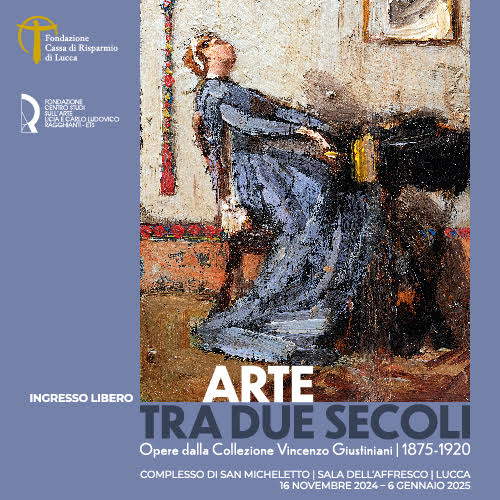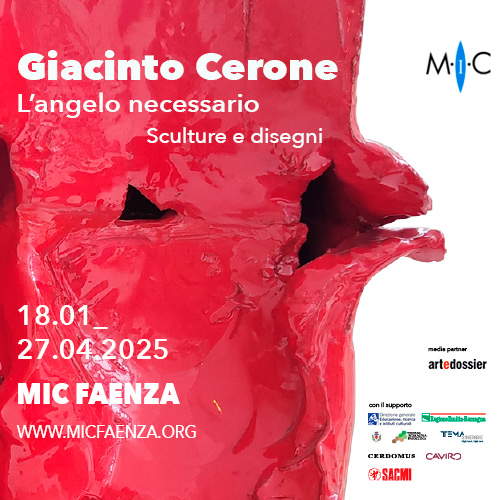Harassment while naked in Abramović performance: artist sues MoMA New York
A U.S. artist, John Bonafede, has filed a lawsuit against MoMA in New York. The reason? He allegedly suffered sexual harassment while naked for a Marina Abramović performance during the exhibition Marina Abramović. The Artist is Present that the Museum of Modern Art organized in 2010. According to Bonafede, the museum failed to prevent the abuse against him by museum visitors. The complaint states that Bonafede was hired to perform Marina Abramović and Ulay ’s famous 1977 performance Imponderabilia (more on that here), which features two artists, a man and a woman, placed facing each other, completely naked, on the threshold of a doorway: the audience must enter by inevitably rubbing up against them, deciding who to look toward. During the 2010 exhibition, visitors were encouraged by MoMA’s curators to move from one room to another by passing through the two performers. Bonafede, previously informed that visitors could inadvertently come into contact with his naked body in order to move between one room and the adjoining one, nevertheless accepted the assignment, for which absolute calm was required: it also appears that one of the hired performers was removed from the assignment the day after the opening because he had not demonstrated the self-control necessary to keep his gaze fixed in front of him (one of the requirements of the performance).
According to the complaint, Bonafede was allegedly sexually harassed seven times by five different viewers of the exhibition: four of these were reported to MoMA staff immediately, while for the fifth there would be testimony from museum surveillance staff. In addition, Bonafede reports that he saw that his female colleague, who was standing in front of him, was also harassed at least once, and that he participated in conversations with other colleagues hired for the same performance who were allegedly sexually harassed on several occasions. The harassment, Bonafede reports, all occurred in much the same way. “The visitor,” the complaint reads, “would lower his hand, surreptitiously place it between the plaintiff’s legs and fondle or grope his genitals, lingering for a moment before moving on to the next room in the museum.” At no time, the complaint states, "did the plaintiff consent, expressly or impliedly, to the sexual touching to which he was subjected as a performer in Imponderabilia,“ and for that matter, ”sexual touching" was not among the purposes of the work. The touching would then have put the performer at risk of being injured or coming into contact with sexually transmitted diseases, Bonafede further denounces. In his view, the harassment was committed on the basis of his gender, as the visitors who harassed him did not show the same attention to his female colleague. However, there would have been at least one time when, according to Bonafede, the woman in front of him was kissed on the mouth, without her consent, by a visitor. And, in the conversations he overheard, stories of female colleagues being repeatedly groped on the genitals would have emerged.
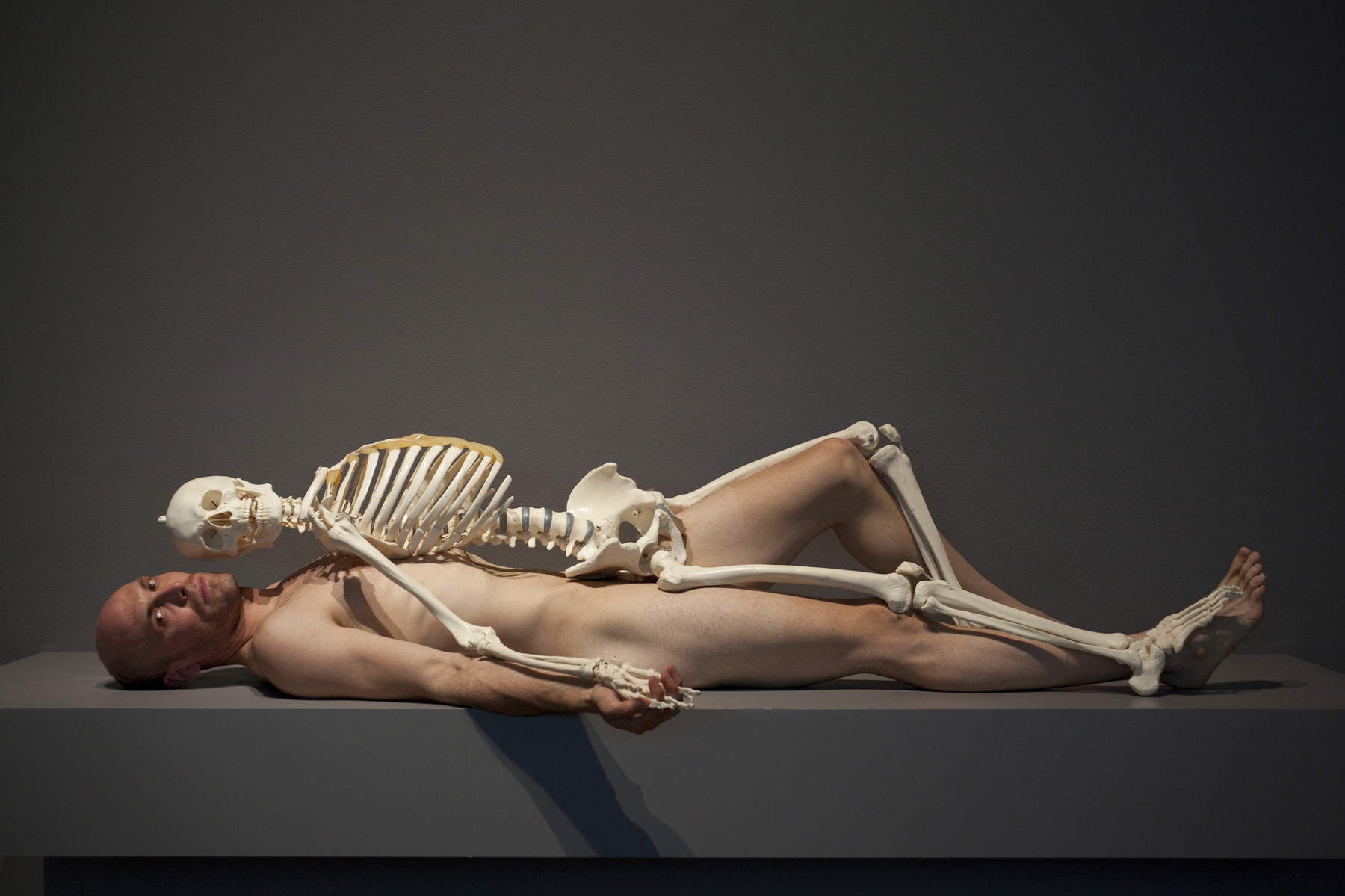
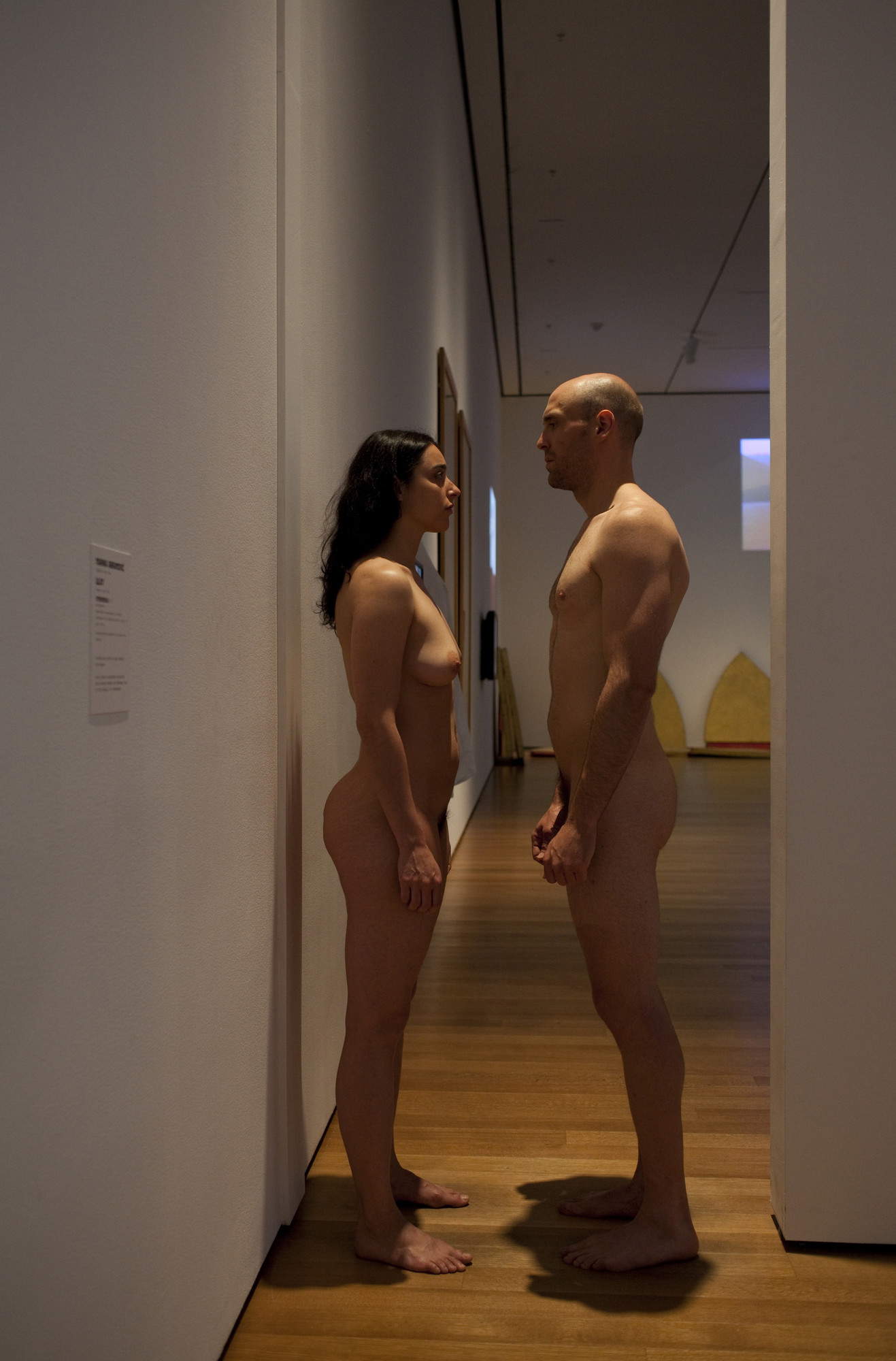
The case is not emerging now: in fact, as early as 2010, several news outlets, such as the New York Times, the New York Post, NBC, and the Guardian, reported that the artists involved in the Imponderabilia performance were being harassed by visitors (with headlines such as “Nude performers groped at MoMA exhibition,” “Someone at MoMA forgot the ’Look but don’t touch’ rule,” “Don’t grope art! Crowd touches MoMA’s living nudes.”). MoMA allegedly knew about the repeated abuse to which the artists were subjected (not least because, as mentioned, four visitors were immediately reported by Bonafede to the staff, and the artist was informed that those visitors had been thrown out of the exhibition), so much so, Bonafede’s complaint states, that a protocol was also established for the security staff, informing them how to behave after any harassment by visitors. One of the security members was also allegedly given the specific task of reassuring the artists following any abuse. And again, during negotiations prior to the exhibition, workers had already expressed to MoMA their concerns about the risks the nude artists would face from possible inappropriate behavior by some visitors.
After the harassment, Bonafede was asked if he was able to continue working: the performer agreed, aware that continuing was what was required of him as a professional. Bonafede’s allegation is that MoMA, despite being aware of the risks and also having learned of the harassment, failed to take steps to protect the artists called upon to reinterpret Imponderabilia in order to prevent further harassment from visitors: this failure allegedly caused Bonafede, the complaint states, “years of emotional distress” and “damaged the artist’s mental health, image and career.” The museum never provided Bonafede with the details of the harassers, thus preventing him from taking legal action against them, despite the fact that MoMA had kept track in its records of each of the incidents and despite the fact that, in at least one case, the museum had recorded all the information (first name, last name, contact information) of the harasser because, the complaint reveals, he was a museum worker.
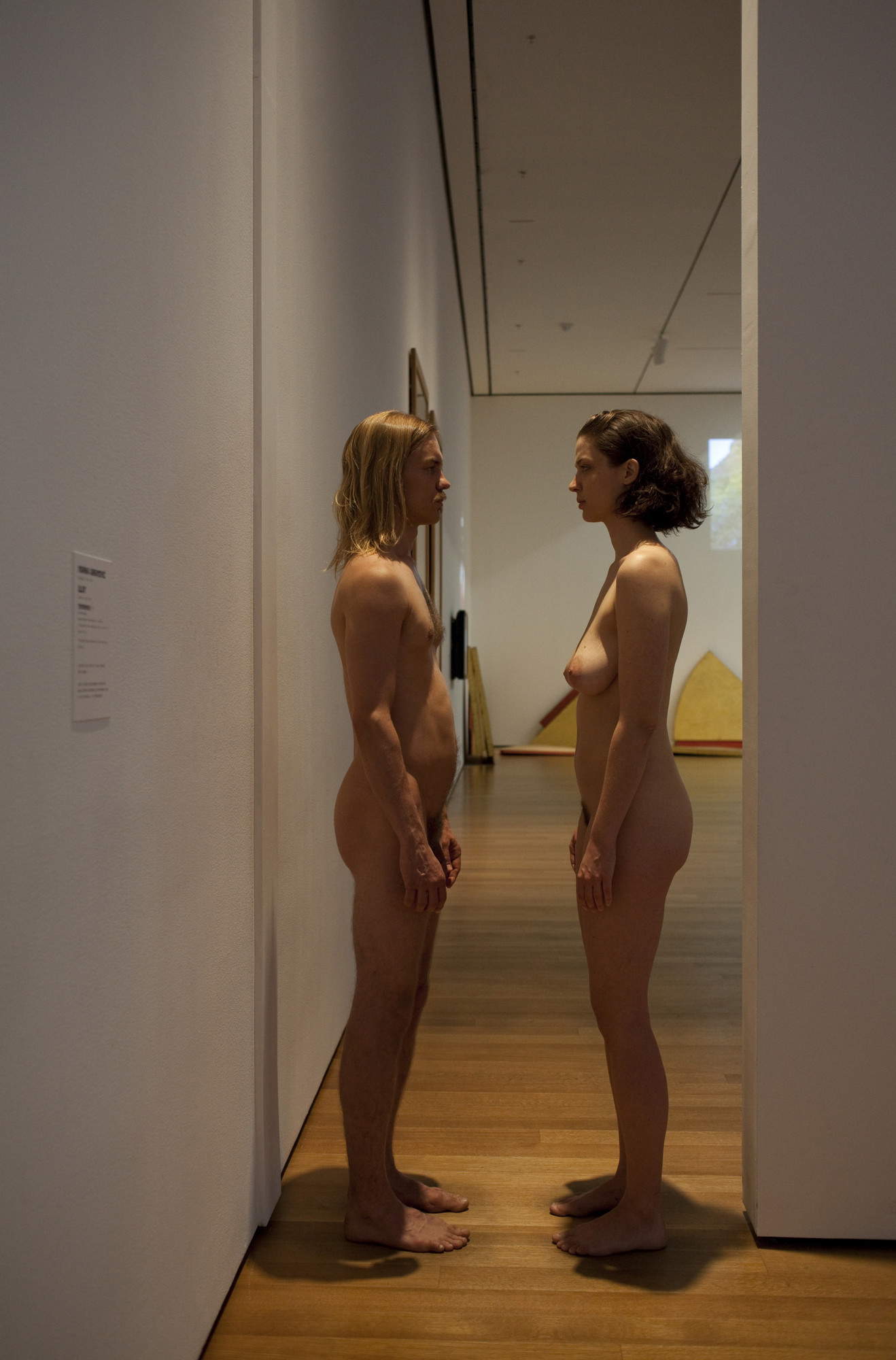




MoMA, according to Bonafede, should have known that Imponderabilia performers were subject to a high risk of sexual harassment. Moreover, upon learning of the abuse, it understood that the actions were non-consensual and illegitimate, and despite this, the museum “turned a blind eye,” the complaint states, "and did nothing to protect the plaintiff and other Imponderabilia performers." For example, it allowed the space around the artists to be frequently congested, thus creating the conditions for some visitors to be able to harass the artists without being seen by others, or it did nothing to inform visitors shortly before participating in the performance (and specifically did not indicate that sexual contact with the artists was not allowed), and continued to require the harassed artists to continue in their performance.
Bonafede, with his complaint, is therefore asking for a jury trial to determine the damages he says he is owed for the emotional distress and stress caused to him by MoMA’s “negligence.” No comment is currently forthcoming from the museum.
 |
| Harassment while naked in Abramović performance: artist sues MoMA New York |
Warning: the translation into English of the original Italian article was created using automatic tools. We undertake to review all articles, but we do not guarantee the total absence of inaccuracies in the translation due to the program. You can find the original by clicking on the ITA button. If you find any mistake,please contact us.







